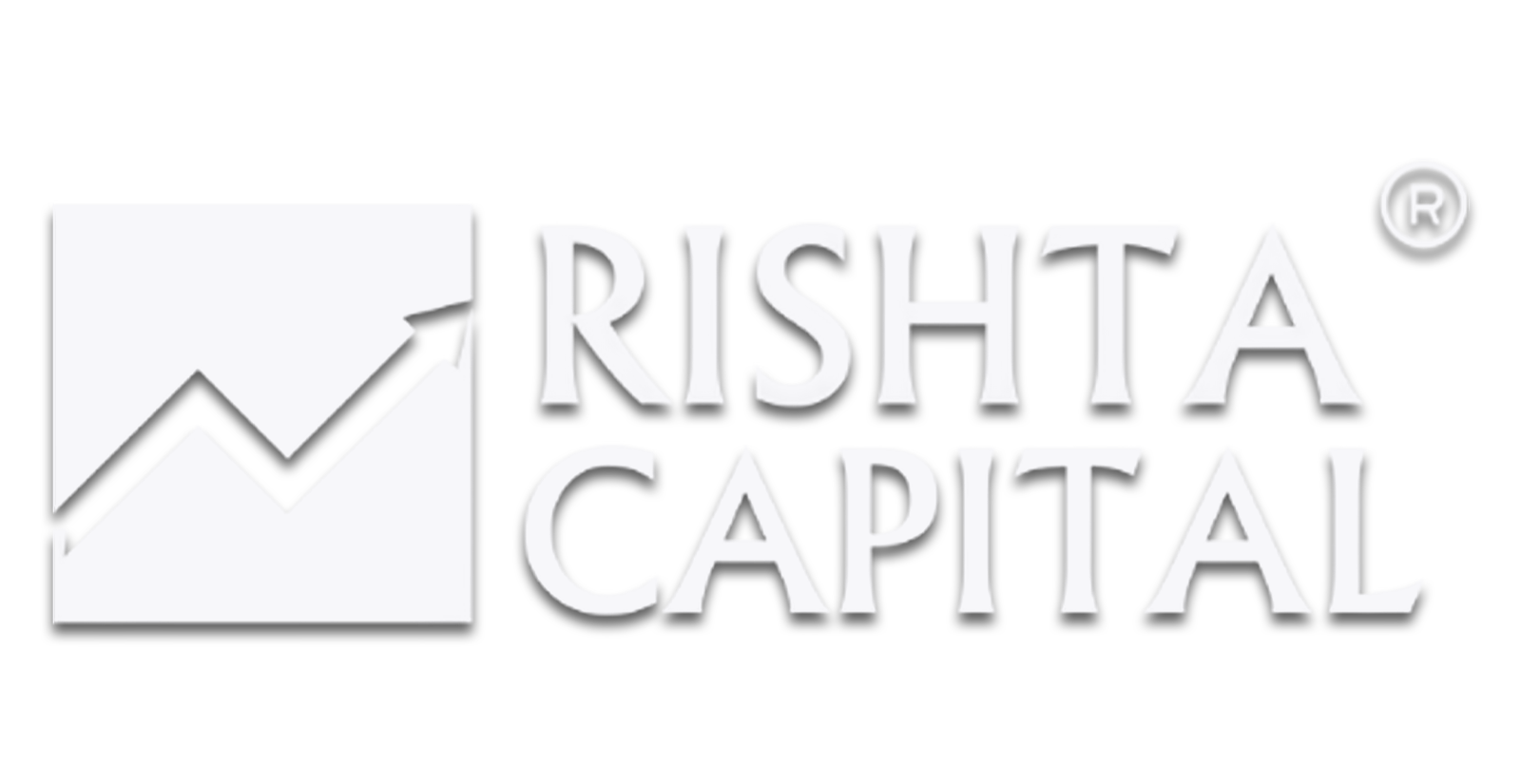Key Components of a Loan:
Loans can be a helpful financial tool for achieving large goals, such as buying a house, paying for education, or starting a business. However, it’s important to understand the terms, interest rates, and repayment schedules before taking out a loan to avoid potential financial strain.

Types of Loans:
People also ask?
A loan is a financial agreement where a lender provides money or property to a borrower, who agrees to repay the borrowed amount (principal) along with interest over a specified period. Loans can be secured or unsecured, depending on whether collateral is required
Secured Loans: These loans require the borrower to offer collateral (such as a home or car) to secure the loan. If the borrower fails to repay, the lender can seize the collateral to recover the debt.
Unsecured Loans: These loans do not require collateral. Instead, the lender evaluates the borrower’s creditworthiness and income to decide whether to approve the loan. If the borrower defaults, the lender may pursue legal action, but no asset is seized.
Unsecured Loans: These loans do not require collateral. Instead, the lender evaluates the borrower’s creditworthiness and income to decide whether to approve the loan. If the borrower defaults, the lender may pursue legal action, but no asset is seized.
The interest rate on a loan is influenced by several factors:
Credit Score: A higher credit score typically results in a lower interest rate, as it signals to the lender that the borrower is less risky.
Loan Term: Longer loan terms may come with higher interest rates, as they carry more risk for the lender.
Economic Conditions: Market interest rates, inflation, and the economy can affect loan rates. Central bank policies also influence rates.
Type of Loan: Secured loans generally have lower interest rates compared to unsecured loans due to the reduced risk for the lender
Credit Score: A higher credit score typically results in a lower interest rate, as it signals to the lender that the borrower is less risky.
Loan Term: Longer loan terms may come with higher interest rates, as they carry more risk for the lender.
Economic Conditions: Market interest rates, inflation, and the economy can affect loan rates. Central bank policies also influence rates.
Type of Loan: Secured loans generally have lower interest rates compared to unsecured loans due to the reduced risk for the lender
Access to Funds: Loans provide immediate access to funds for personal, business, or investment purposes.
Build Credit: Successfully repaying loans can improve your credit score, making it easier to secure future financing.
Flexibility: Loans can be used for various needs, such as home purchases, education, or business expansion
Build Credit: Successfully repaying loans can improve your credit score, making it easier to secure future financing.
Flexibility: Loans can be used for various needs, such as home purchases, education, or business expansion
